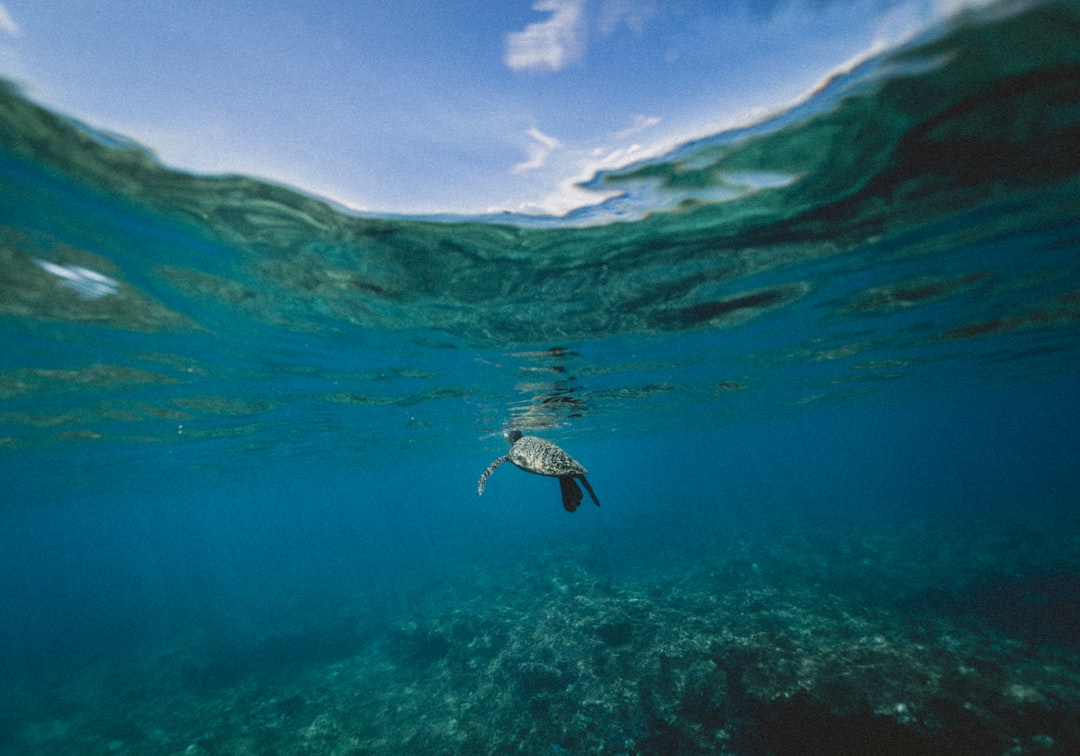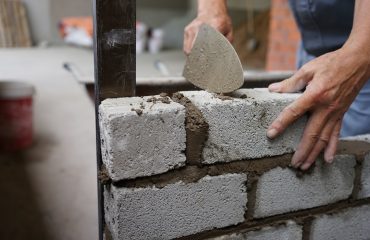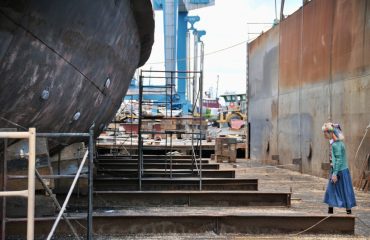body { font-family: sans-serif; line-height: 1.6; }
h1, h2, h3 { color: #0056b3; }
code { background-color: #f0f0f0; padding: 2px 4px; border-radius: 4px; }
Marine environments present unique challenges to piping systems. The constant exposure to saltwater, fluctuating temperatures, and potentially harsh weather conditions necessitates a rigorous approach to safety. Failure in marine piping can lead to significant environmental damage, economic losses, and even loss of life. This comprehensive guide explores crucial aspects of ensuring pipe safety in marine applications.
1. Material Selection: The Foundation of Marine Pipe Safety
Choosing the right pipe material is paramount. The selection process must consider factors such as the fluid being transported (e.g., seawater, oil, chemicals), the operating pressure and temperature, the corrosive nature of the environment, and the structural integrity requirements. Common materials include:
- Stainless Steel: Offers excellent corrosion resistance and strength, making it suitable for various marine applications. Different grades (e.g., 316L) provide varying levels of corrosion resistance.
- Duplex Stainless Steel: Combines the properties of austenitic and ferritic stainless steels, providing enhanced strength and corrosion resistance compared to standard stainless steel.
- High-Strength Low-Alloy Steel (HSLA): Cost-effective option for applications where corrosion resistance is less critical. Often requires protective coatings.
- Fiberglass Reinforced Polymer (FRP): Lightweight and corrosion-resistant, ideal for specific applications like seawater handling, but may have limitations in high-pressure environments.
- Copper Nickel Alloys: Excellent resistance to seawater corrosion, making them suitable for seawater piping systems.
Careful consideration of material compatibility is crucial to prevent galvanic corrosion, which occurs when dissimilar metals are in contact in an electrolyte (like seawater). Proper material selection and design can mitigate this risk.
2. Corrosion Prevention: A Proactive Approach to Longevity
Corrosion is a major threat to marine piping systems. Proactive measures are essential to extend the lifespan and ensure the safety of the pipes. These measures include:
- Protective Coatings: Applying coatings such as epoxy, polyurethane, or zinc-rich primers provides a barrier against corrosion. Regular inspection and maintenance of these coatings are vital.
- Cathodic Protection: This electrochemical technique uses sacrificial anodes or impressed current to protect the pipe from corrosion. Regular monitoring of the cathodic protection system is crucial.
- Proper Drainage and Ventilation: Ensuring proper drainage prevents the accumulation of water, which accelerates corrosion. Adequate ventilation reduces the build-up of moisture and corrosive gases.
- Regular Cleaning and Inspection: Regularly cleaning and inspecting the pipes for signs of corrosion, pitting, or other damage allows for early detection and timely repair.
3. Regular Inspection and Maintenance: The Cornerstone of Safety
A comprehensive inspection and maintenance program is vital for ensuring the ongoing safety of marine piping systems. This should include:
- Visual Inspections: Regular visual inspections for signs of corrosion, leaks, damage, or deterioration.
- Non-Destructive Testing (NDT): Techniques such as ultrasonic testing (UT), radiographic testing (RT), and magnetic particle testing (MT) can detect internal flaws and corrosion without damaging the pipe.
- Pressure Testing: Regular pressure testing ensures the pipes can withstand the operating pressure without failure.
- Scheduled Maintenance: A planned maintenance schedule allows for timely repairs and replacement of components before they fail.
Detailed records of all inspections and maintenance activities should be maintained for traceability and compliance.
4. Emergency Procedures and Response: Preparedness for the Unexpected
Even with the best preventative measures, emergencies can occur. Having well-defined emergency procedures is crucial for minimizing the impact of pipe failures. These procedures should include:
- Leak Detection and Isolation: Clear procedures for identifying leaks and quickly isolating the affected section of the piping system to prevent further damage.
- Emergency Shutdown Procedures: Well-defined procedures for safely shutting down the system in case of a major failure.
- Containment and Cleanup: Plans for containing spills and cleaning up any released fluids to minimize environmental impact.
- Emergency Personnel Training: Regular training for personnel on emergency procedures and response techniques.
5. Regulatory Compliance: Adhering to International Standards
Marine piping systems are subject to various international and national regulations and standards. Compliance with these regulations is essential to ensure safety and avoid penalties. Key regulations and standards include:
- International Maritime Organization (IMO) regulations: The IMO sets international standards for the safety of ships and their equipment.
- American Bureau of Shipping (ABS) standards: ABS provides classification and certification services for marine vessels and structures.
- Det Norske Veritas (DNV) standards: DNV provides similar classification and certification services.
- National and regional regulations: Individual countries and regions may have additional regulations governing marine piping systems.
Staying up-to-date with the latest regulations and standards is crucial for maintaining compliance and ensuring the safety of marine piping systems.
By adhering to these guidelines and prioritizing safety, the marine industry can significantly reduce the risks associated with pipe failures, protecting both the environment and human life.
Tags: marine pipe safety, offshore pipe safety, pipe integrity, corrosion prevention, marine pipeline




